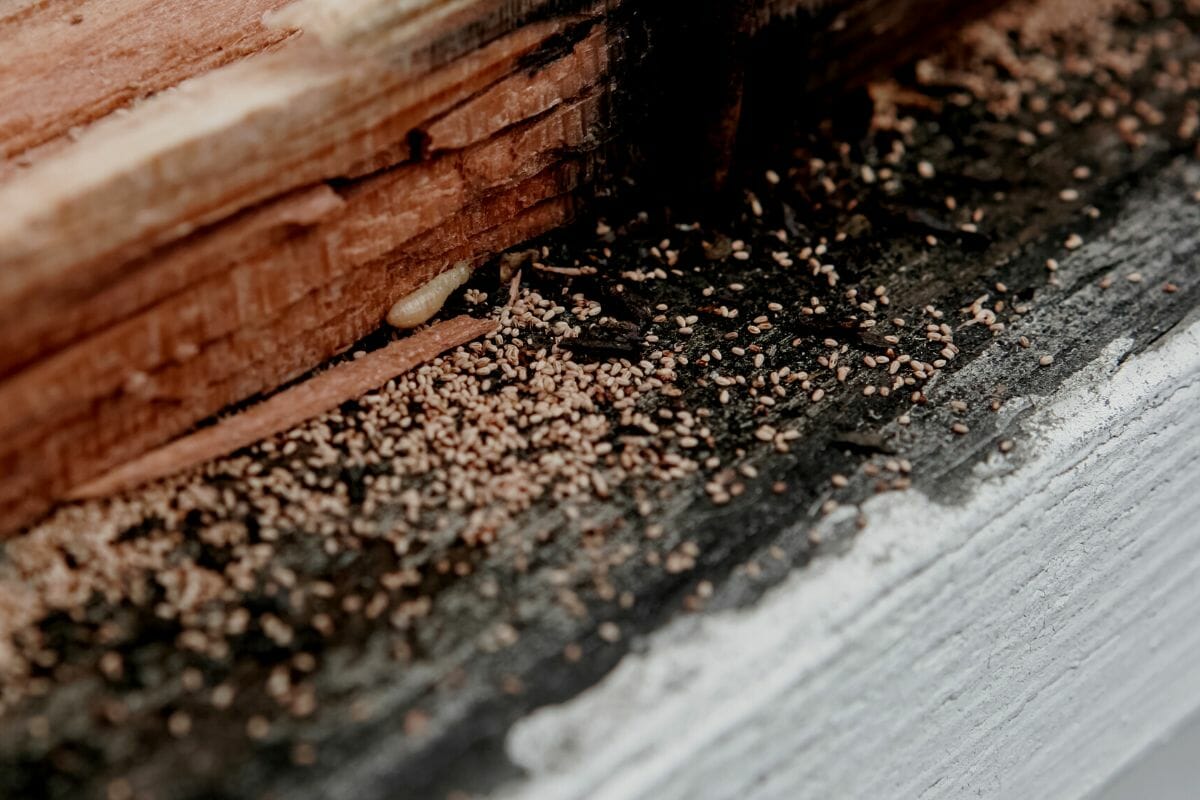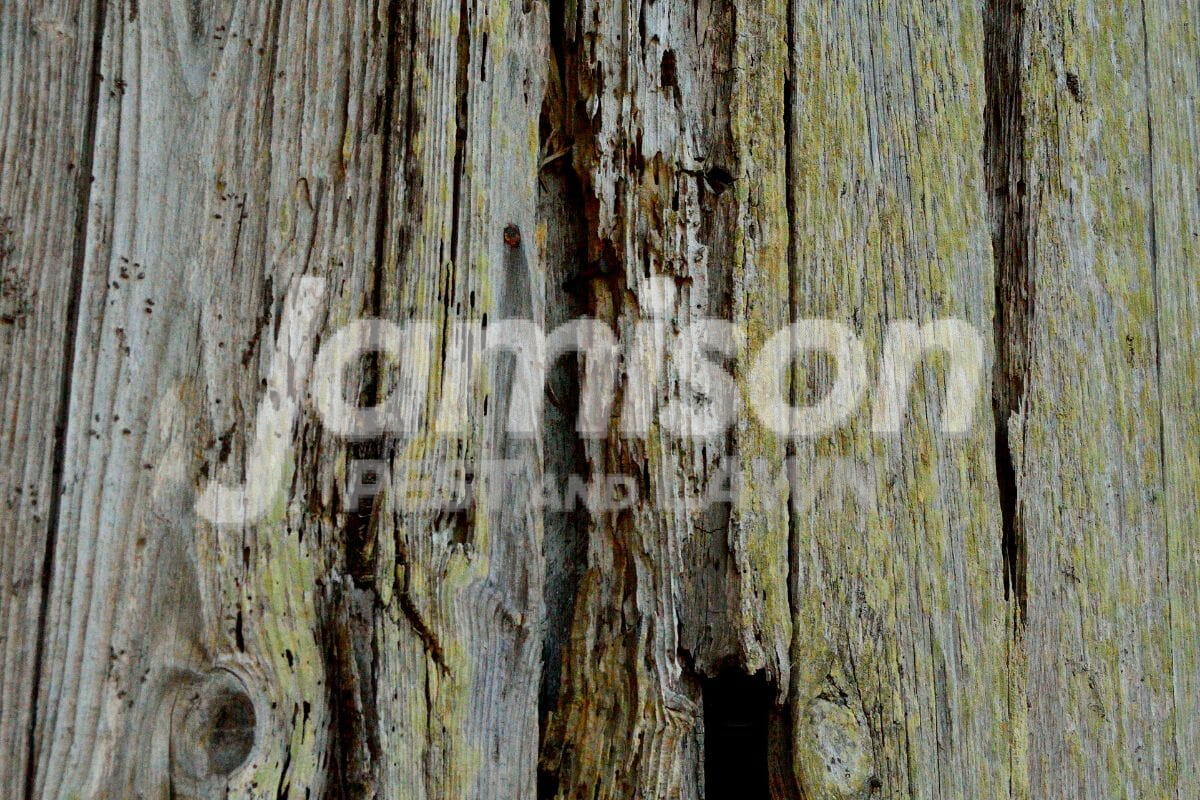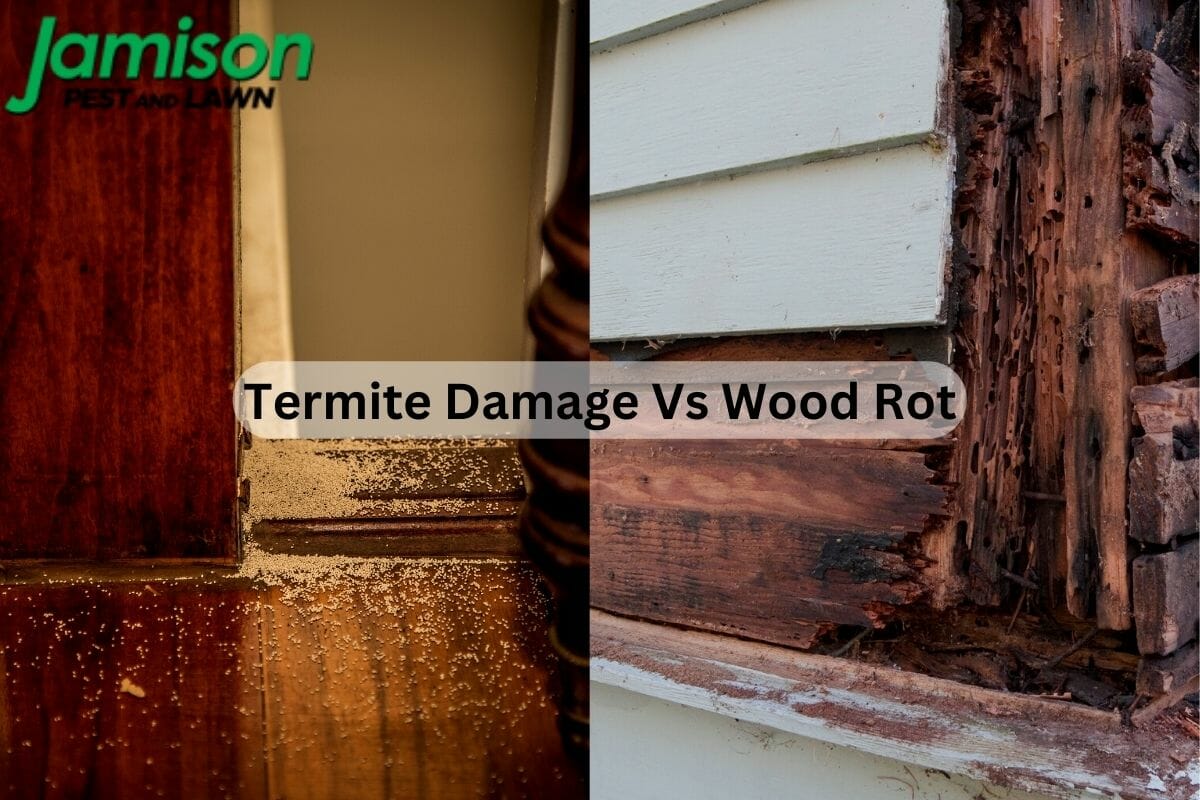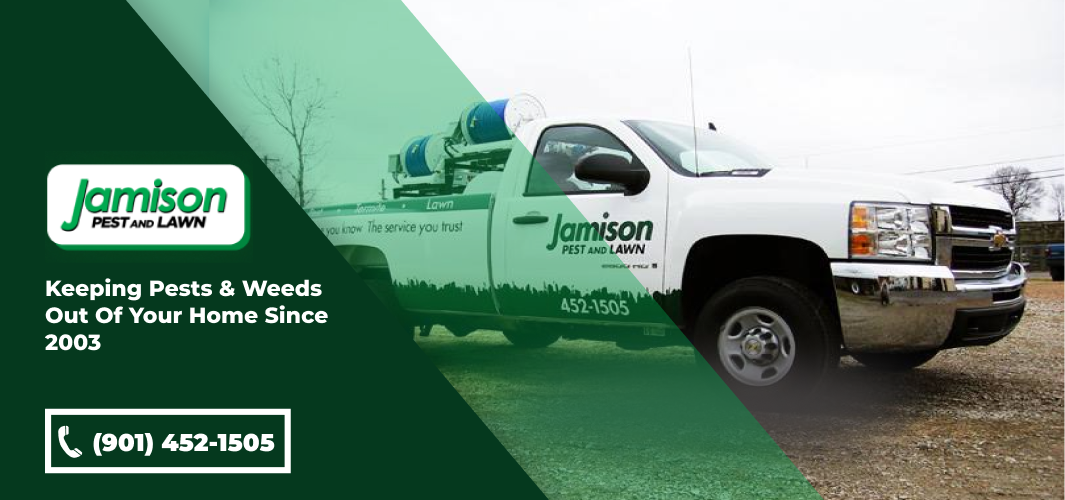Termite damage and wood rot are two common problems that can affect the structure and integrity of a building. Both can cause severe damage to the wood in a home or other facility, but they have different causes and require different approaches for repair. It is important to be able to distinguish between termite damage vs wood rot in order to adequately address the issue and prevent further damage. This article will explore the differences between termite damage and wood rot, and discuss how to fix each problem.
What Is Termite Damage?
In our other blog posts, we have already covered what termites are in detail. However, if you are new to our blog, termites are small, winged insects that live in colonies and feed on wood. These creatures are always on the lookout for cellulose fibers to eat and gain energy. This cellulose is present in wood, making it their target.

Termites are known for their ability to tunnel through wood, eating the wood as they go and leaving behind tunnel-like structures. This can weaken the structural integrity of a building and, if left unchecked, can even lead to the collapse of a structure.
Termites typically cause damage to wood that is hidden from view, so it can be challenging to spot the signs of termite damage. Some common signs of termite damage include hollow wood, mud tubes, and more. We will cover these signs in more detail in the latter part of this blog.
What Is Wood Rot?
Wood rot is the deterioration of wood caused by the act of fungi. Fungi consume the cellulose in wood, breaking it down and causing it to weaken and eventually fail. Various fungi can cause wood rot, and it is more likely to occur in damp wood or wood with high moisture content.
Wood rot can weaken the structure of a building and make it more prone to collapse. It is essential to address wood rot promptly to prevent further damage and protect the structure’s integrity.

Termite Damage Vs Wood Rot: The Difference
In the above section, we have described both types of damage. Now, let us move to the other part of the blog, how to differentiate between the two types.
Both these types of wood damage can be hard to differentiate for homeowners as they are borne out of similar issues. That is why we are here to help. Check out the list of differences below to find the appropriate treatment for your problem.
#1 What Does The Damage Look Like?
The first factor that will differentiate between these two types of damage is that both termites and fungi leave different signs. When termite damage has occurred you will notice that the wood has developed small holes. On the other hand, when the wood rots, it makes the wood soft. If you touch the rotted area it will feel spongy, and also break if you apply pressure.
#2 When Is Damage Likely?
Termite damage and wood rot can occur simultaneously, but each thrives in certain conditions. For example, termites look for cellulose-based foods, are typically more active in the warmer months, and are more likely to cause damage in areas with high humidity.
Wood rot is more likely to occur in wood that is damp or has a high moisture content because fungi need moisture to grow and thrive. Leaks, plumbing issues, or other sources of moisture can cause this issue.
Dry wood is less susceptible to wood rot, so it is vital to keep your home or building dry and well-ventilated to prevent wood rot from occurring.
#3 Visibility
Termite damage is usually not visible until the damage is severe. Termites do their work silently and weaken the structure from the inside. So while the pests work and build their maze-like systems inside your home, the wood may appear fine on the outside. On the other hand, wood rot is more visible than termite damage and often causes visible damage to the wood. The decay occurs on the outside, and the damage may seem more significant,
#4 Signs Of Damage
Some common signs of termite damage include hollow-sounding wood, discarded wings, frass, and mud tubes. Some common signs of wood rot include discoloration, soft or spongy wood, musty odor, and visible decay.
Below we have explained in greater detail the signs that you can look for to differentiate between wood rot vs termite damage.
Signs Of Termite Damage
Hollow-Sounding Wood: If you tap on a piece of wood and it sounds hollow, it may be a sign that termites have eaten away the inside of the wood.
Discarded Wings: Termites often shed their wings after mating, and these wings can be found near doorways, windows, or other openings.
Mud Tubes: Some species of termites build mud tubes from the ground to their food source as a way to protect themselves from predators and maintain a stable environment. These tubes can be found on the outside of a building and are a clear sign of termites.
Frass: Frass is a combination of termite excrement and wood shavings that termites leave behind when they burrow through your wood. If you see small piles of this frass around the foundation of your home, this is a sign of termites.
Signs That Your Home Is Damaged By Wood Rot
Discoloration: Wood that is affected by rot may appear darker or discolored compared to healthy wood.
Soft Or Spongy Wood: Wood that has been weakened by rot may feel soft or spongy when it is touched.
Musty Odor: Fungi that cause wood rot often produce a musty, moldy smell.
Visible Decay: Wood that has been affected by rot may show visible signs of decay, such as crumbling or flaking.
How To Prevent Termite Damage and Wood Rot
Prevention is better than repairs later down the line. Taking a few steps to ensure that termites do not infest your home will help you a lot in the long run.
Use Treated Wood
There are several types of wood treatments that can help prevent termite damage and wood rot. Using treated wood can be an effective way to protect your home or building.
Inspect Your Home Regularly
Regularly inspecting your home or building for signs of termite damage or wood rot can help you catch these problems early before they become more serious.
Repair Any Damage Promptly
If you do find evidence of termite damage or wood rot, it is crucial to repair the damage as soon as possible to prevent further damage and protect the structural integrity of your home or building.
What To Do Next?
From the comparison of termite damage vs wood rot, it is clear that both are highly dangerous and can wreak havoc on your home’s structure. To move ahead with treating the damage, you will have two options.
- Hire A Professional
- DIY Treatment
Hire A Professional
Professional pest control companies and contractors are always your best option since they are trained to identify and treat termite damage and wood rot. They have the knowledge and expertise to properly assess the situation and develop a plan to fix the problem.
DIY treatment
In many cases, attempting to fix these problems on your own can make the situation worse, so it is important to seek professional help to ensure that the issue is addressed correctly.
That being said, there are some simple steps you can take to prevent termite damage and wood rot, such as keeping your home dry and fixing any leaks or plumbing issues yourself.
You can read more about why DIY Pest Control is a bad idea in our blog.
To Conclude
We hope this article has helped you learn more about recognizing the signs, and differentiation between wood rot and termite damage and how to repair it. If you have a termite infestation, we recommend contacting an expert for assistance, such as Jamison Pest and Lawn.
To accurately assess the situation and recommend a course of action to eradicate the termites and repair the damage. Ignoring the problem can lead to further damage and costly repairs in the future.
We Can Help Treat Your Termite-Infested Home
At Jamison Pest and Lawn, we specialize in helping homeowners who are struggling with a termite infestation. We know that dealing with these invasive pests can be a big hassle, and we want to help you get rid of them so you can have peace of mind again! Our technicians have years of experience handling all kinds of termite problems, and they’ll work with you to ensure the treatment is done right—and done fast. We know how to get rid of even the most persistent infestation.
Contact us today at (901) 402-1505 to learn more about our team, and to book a consultation.




